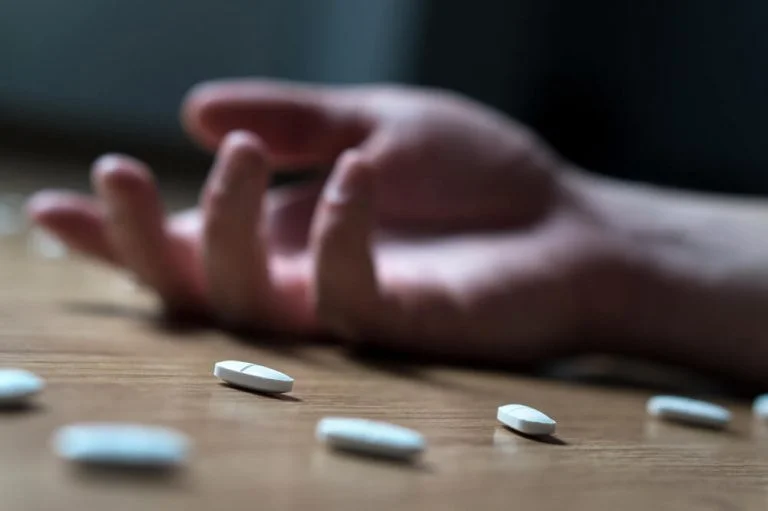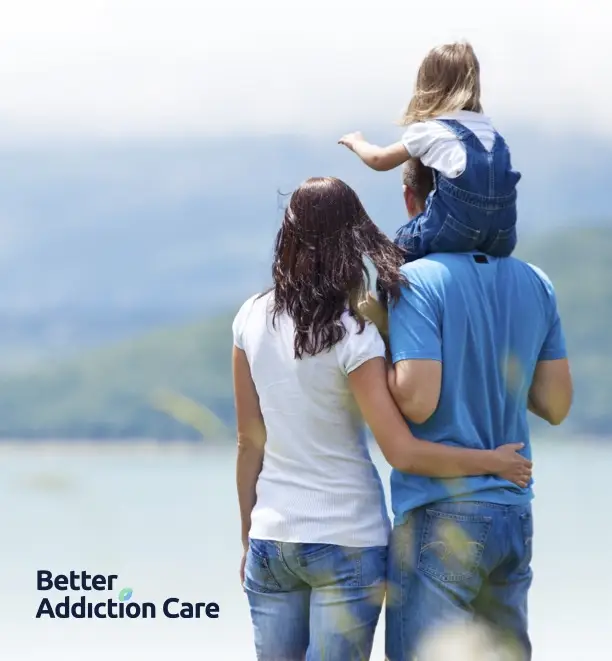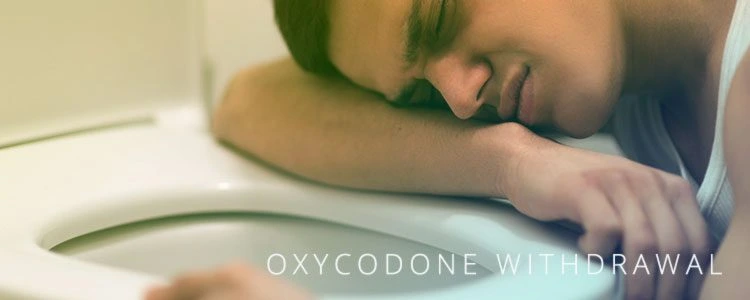Oxycodone Overdose Signs
Oxycodone is among the prescription pain relievers that are contributing to the national opioids crisis. The abuse of opioid pain relievers is the main reason why 115 people are dying each day, according to statistics released by the CDC. Many first responders now carry life-saving medication such as naloxone to reverse the effects of an overdose, and being able to recognize the oxycodone overdose signs can help you get help before it’s too late.

Oxycodone Overdose Signs – Spotting an Overdose and How to Help
In this article, we will discuss the most common oxycodone overdose symptoms – something that is especially important during the current opioid crisis.
Oxycodone Overdose Signs
Opioids such as oxycodone are mainly used to treat severe and chronic pain, such as post-op pain. The drug does this by changing the way your reward centers work. These centers control the sensation of pain and pleasure. When a person takes an opioid, the pain signals are blocked and a substantial release of dopamine and serotonin occurs – the chemicals responsible for making people feel euphoria.
When a person consumes too much of the drug, it has an adverse effect on vital systems in the brain. The main concern and one of the oxycodone overdose signs is that a person can stop breathing. The cessation of breathing quickly leads to a lack of oxygen to major organs, including the brain. If help isn’t found quick enough, the person may be deprived of oxygen for so long that they suffer brain damage, or worse, die from the overdose.
The main oxycodone overdose signs to look for are as follows:
- Lightheadedness
- A very low blood pressure
- Pinpoint pupils
- Vomiting
- A pale complexion
- Arms and legs may go limp
- A bluish color to the tips of the fingers and around the lips
- Slipping in and out of consciousness or losing consciousness entirely
- Clammy and cold skin
- A severely slowed breathing rate, and it may stop entirely
- Extremely slow heart rate
- Seizures
What to Do When Faced With an Overdose
If the oxycodone overdose symptoms are present, then there isn’t any time to waste. Regardless of personal experience or the beliefs you may have, if a person has the oxycodone side effects that look like overdose, then 911 or any other emergency care service must be contacted immediately. A few minutes can make all the difference.
To help counter some of the oxycodone side effects until help arrives, you can provide stimulation. Try to shout the person’s name while shaking them to try and get a response. Rubbing their sternum with your knuckles can also help to stimulate the person and possibly wake them. However, if there is no response after about 30 seconds of rubbing, then emergency care is the only way to help.
If you have naloxone on hand, administer it as directed. The drug should take effect in minutes, returning the individual to consciousness within 5 minutes. Further care will still be needed while the person recovers, which they can get from emergency-care services.
If the person has stopped breathing, administer the “rescue breaths” technique or CPR if you know how to do it. The idea is to continue the supply of oxygen to the brain. To do the rescue breaths technique, put your hand under their neck and use the other hand to close their nose. Place your mouth on theirs ensuring that you seal any gaps. Perform two quick breaths into the person’s lungs, followed by another breath every five seconds. Continue this until help arrives, or the person is able to breath by themselves.
If you or a loved one is struggling with addiction, get help right away. Make a phone call that will connect you to a professional drug treatment center. The call you make may save your life or the life of someone you love. Call us today at (800) 429-7690.





